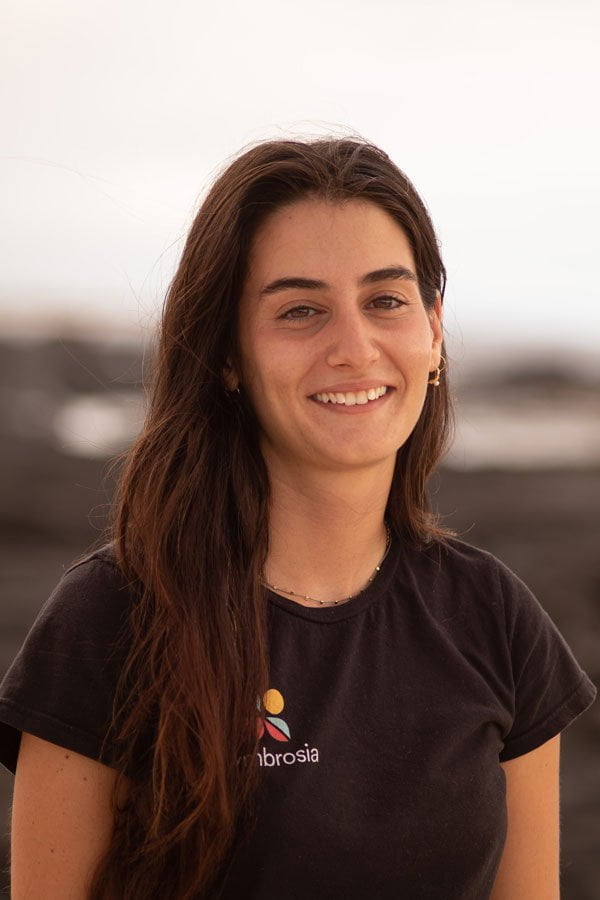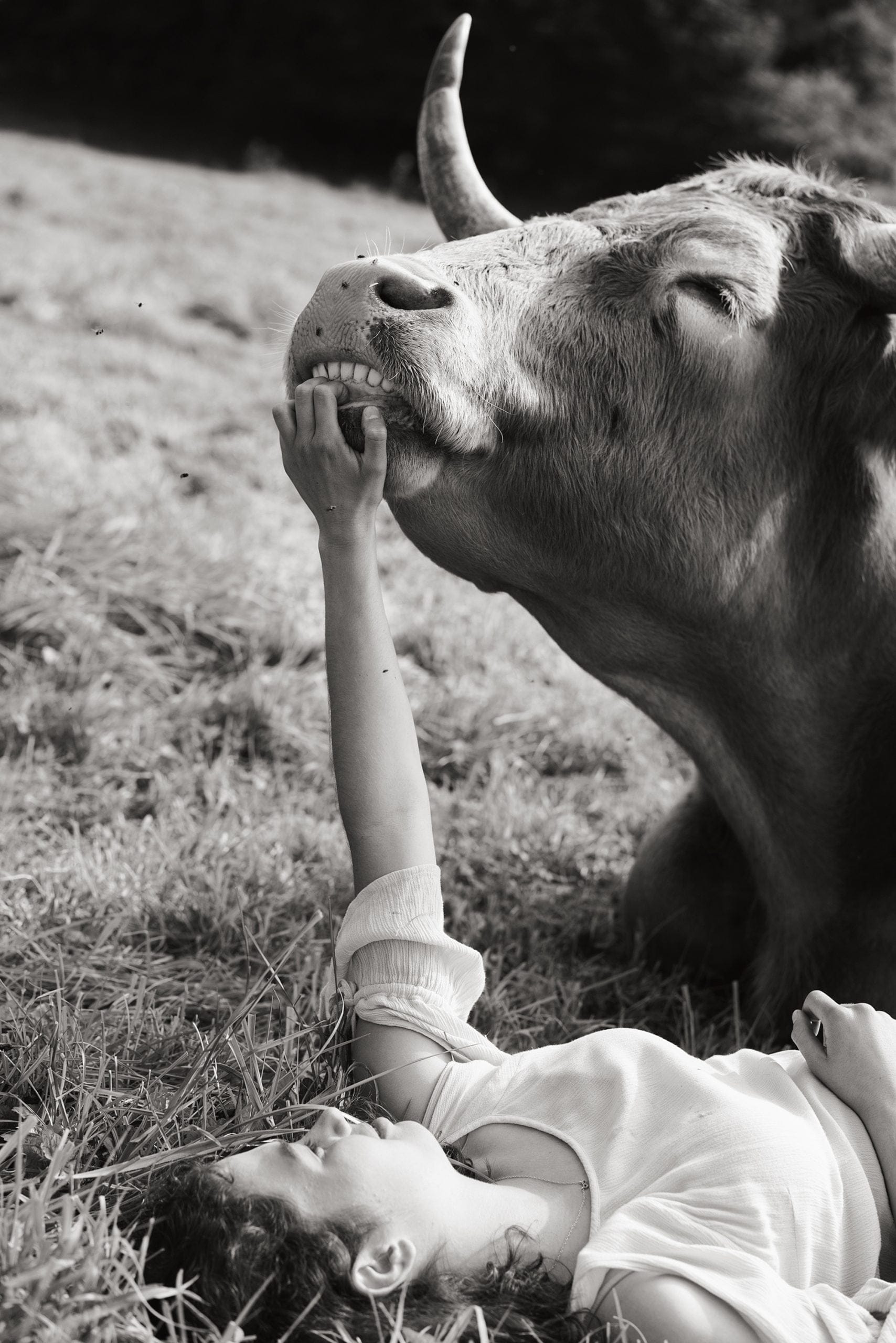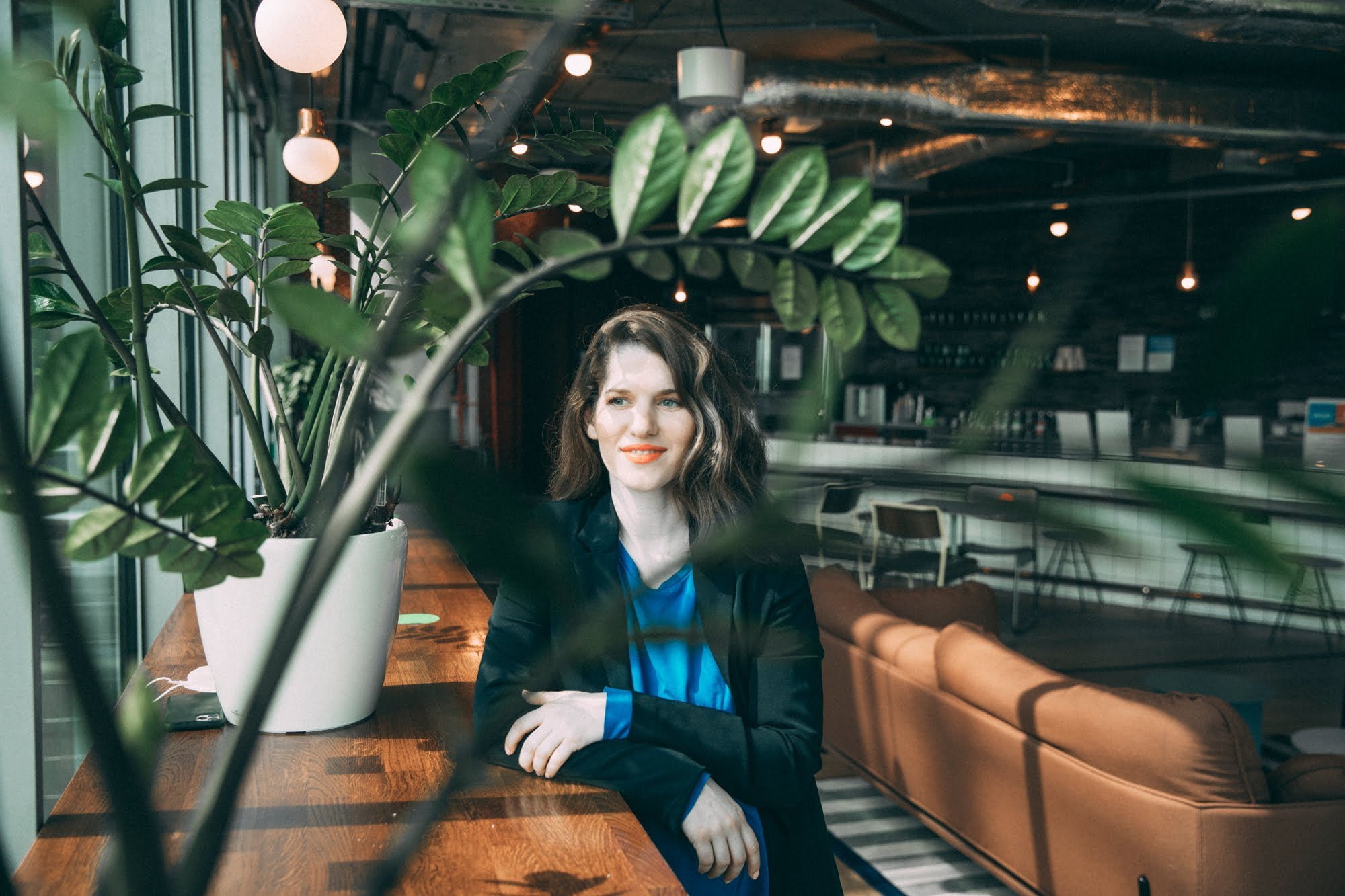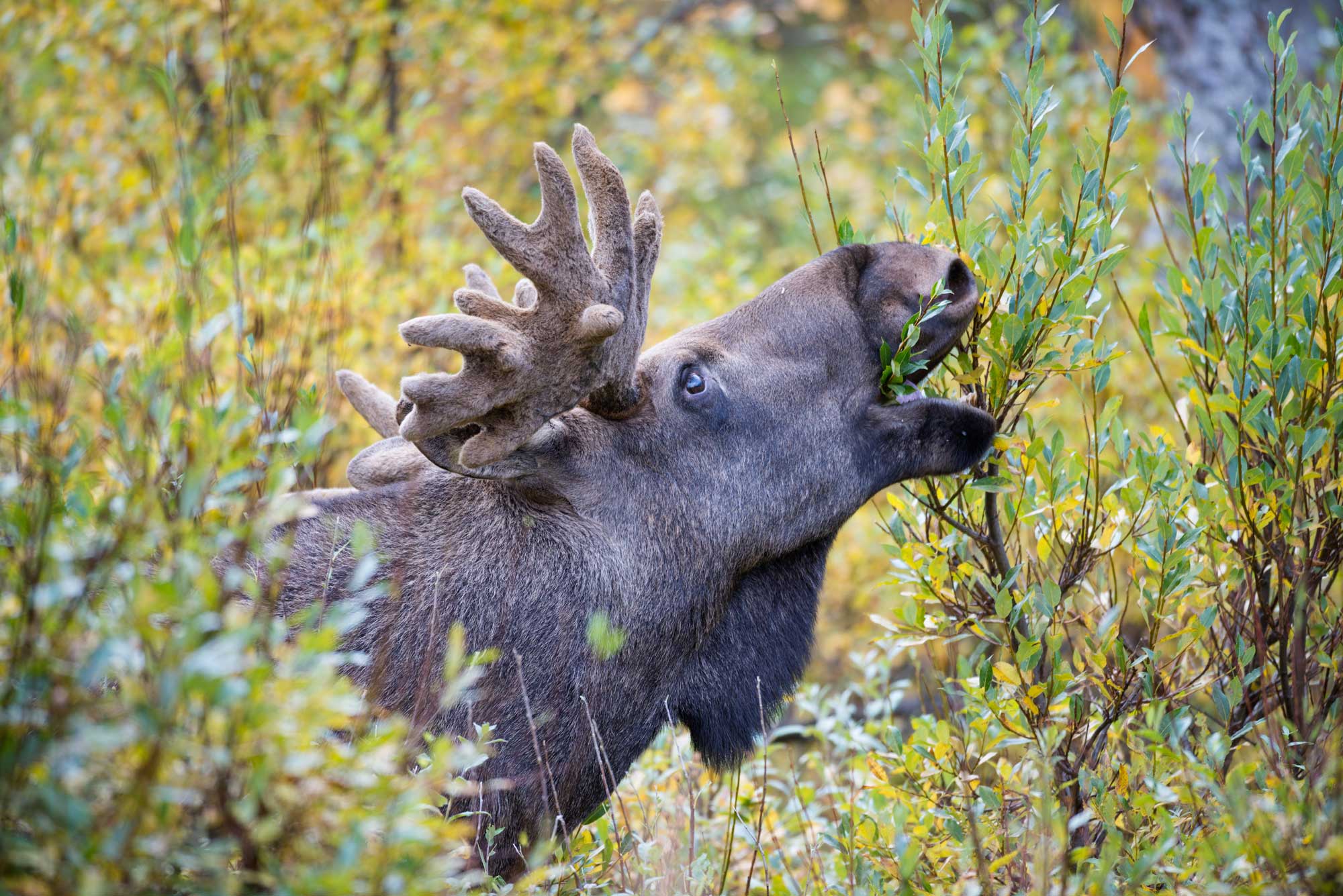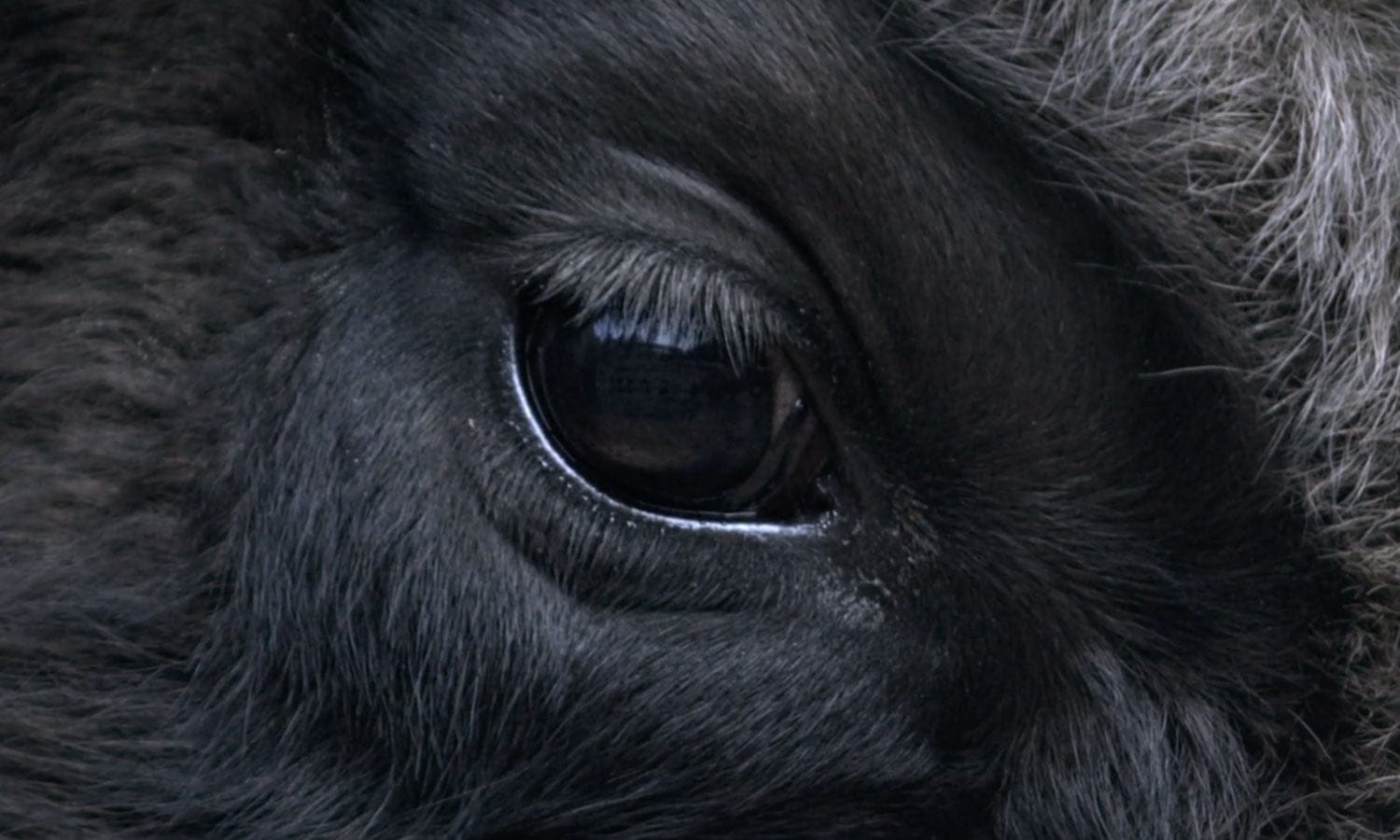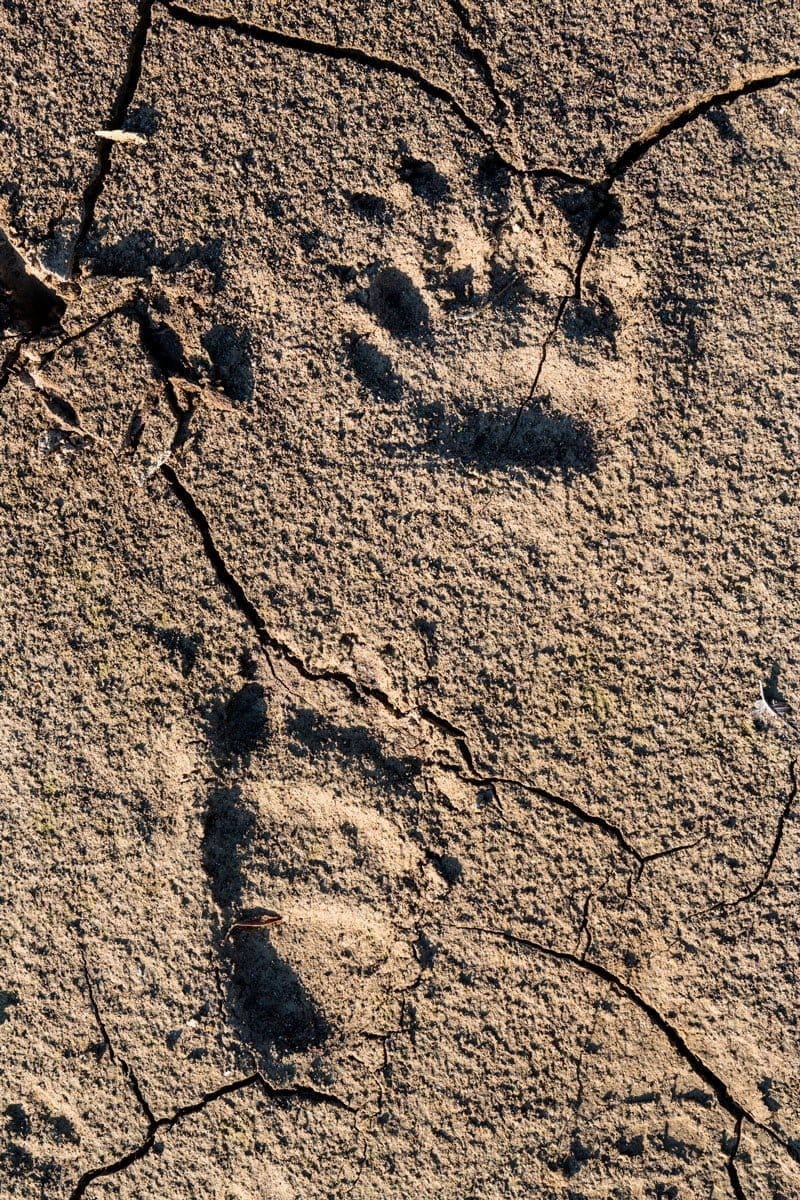Once on track to become a doctor, Hawaii-based Alexia Akbay swapped public health for planet health. She founded Symbrosia to develop a seaweed feed supplement that could dramatically reduce harmful methane emissions from livestock burps.
Tell us about what you do.
We grow a specific species of seaweed as a feed supplement for ruminant livestock, so beef, dairy, goats and sheep. When included in their diet, the seaweed reduces their greenhouse gas emissions, the main sort of which is methane, by over 80%.
How does the seaweed work?
It’s a red seaweed, and in nature it has developed a specialised compound to deter fish from eating it. It turns out that this compound, when fed to cows, reduces the methane in their gut. It basically intercepts some of the molecules that would typically go into producing methane and produces hydrogen gas instead, which is a lot less of a greenhouse gas burden.
“One of our trials was showing over 95% reduction in methane”
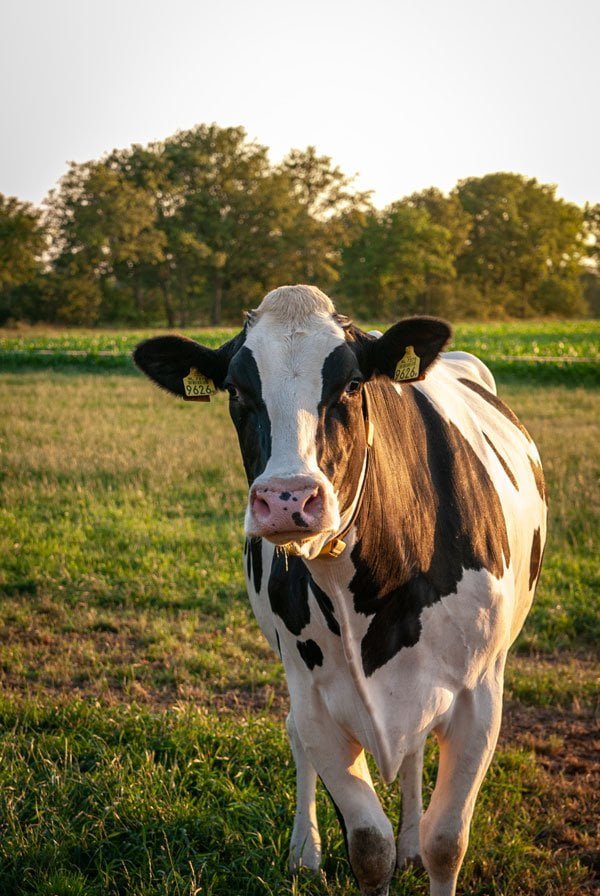
You got into the feed industry almost by chance. What happened?
I was on a pathway to become a doctor but was looking for other ways to have a positive impact in my career. At that time, I read what was maybe the first study that was published [about seaweed in feed]. There was no one that had created an initiative to try to grow the seaweed, because it was just a wild species. It hadn’t been farmed or cultured before. That’s where we started with Symbrosia – trying to figure out all of the steps involved in getting this into a scalable, usable crop.
What made you believe you could commercialise that idea?
Growing up, my parents were both in small business and entrepreneurship. Although it was in a completely different industry, I understood the benefits and the risks and the work that was involved in developing an idea or running a company. I guess I lean towards that more favourably than a lot of other environments that I’ve been in previously. Sometimes when you’re searching for a job out of school, you feel like you’re trying to fit yourself into a mould. So, the idea of creating your own mould is really appealing.

Who uses your product?
A lot of the early adopters are mission-aligned companies that are either already practising regenerative or environmentally friendly practices, or brands that have climate-based targets to reduce their emissions by X amount in the next decade or in the next 30 years and are looking for solutions to help them get there.
Lower emissions meat and dairy seem like a no-brainer. Why aren’t all farmers switching feed?
It’s definitely an additional cost. But we’ve been working hard to quantify what the different levers are. We just did a really cool national US study that looked at consumer willingness to pay for lower emissions beef and dairy products. Consumers were willing to pay a premium on par with what they would pay for organic products, which was really interesting.
What are you most proud of having accomplished so far?
Most recently, one of our trials with a mission-aligned farm was showing over 95% reduction in methane in some of the cattle. I think just getting to the point where you know the product works, and you can believe in the product, is a great motivator to keep going and keep building and make everything work because you know that the product is legitimate.
What advice would you give to inspire others who want to make a positive impact?
I could give practical advice, but I think it really takes a mindset shift of understanding that we’re all collectively responsible for the future that we’re building. It’s not a luxury but a necessity at this point for our species.
Photo of cow: Jorien Loman / Unsplash
Let’s go wild
